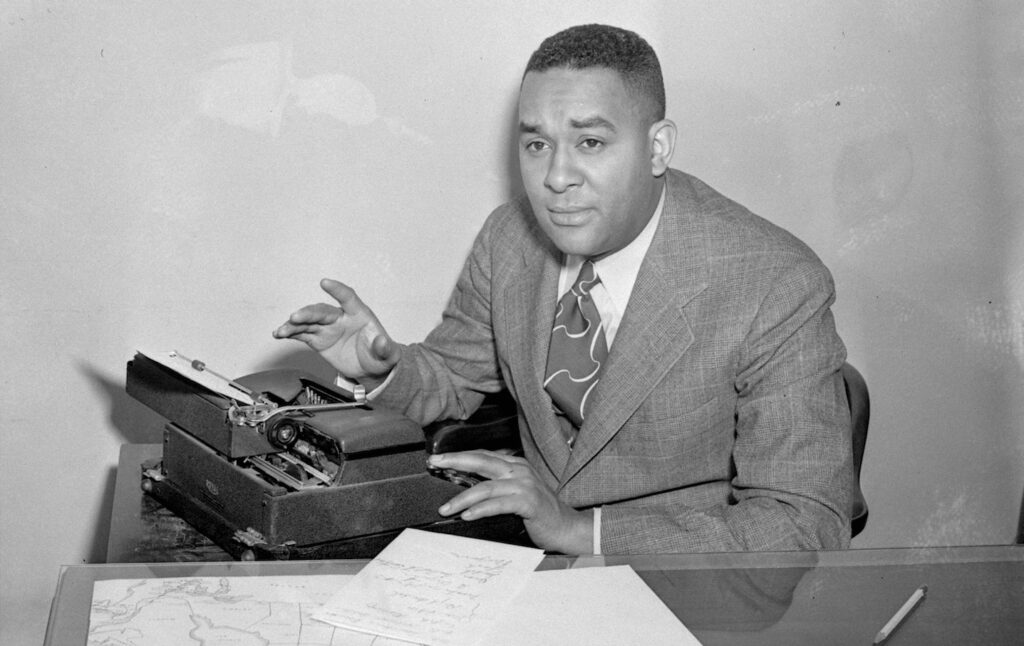For the hundreds of thousands of people employed by New Deal programs during the Great Depression, it was always infrastructure week.
Even for those employed by the WPA’s Federal Writers’ Project, aimed at giving paychecks to unemployed writers by creating meaningful employment that benefited the public good.
But their objectives weren’t to build new infrastructure; it was to guide Americans over its preexisting bridges and roads via a unique set of tour books — the American Guide Series.
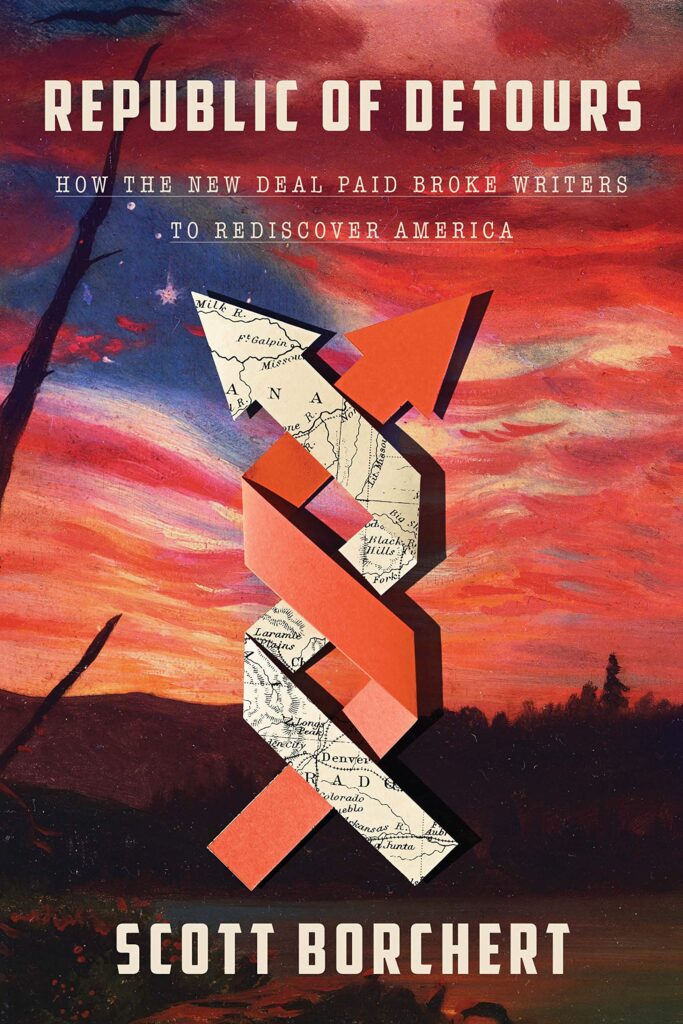
Republic of Detours
How the New Deal Paid Broke Writers to Rediscover America
by Scott Borchert
Farrar, Straus and Giroux
Scott Borchert’s fascinating survey of this unconventional New Deal program, packed with literary greats, brings FDR’s optimistic political strides of the 1930s in line with the realities of the American landscape — from the mountains of Idaho to the swamplands of Florida.
The American Guides — tour guides of each state and many cities, often quirky and elegantly written — were the signature achievements of the project, employing thousands of writers from a wide spectrum of talents and ideologies to produce a snapshot of the United States in the late 1930s.
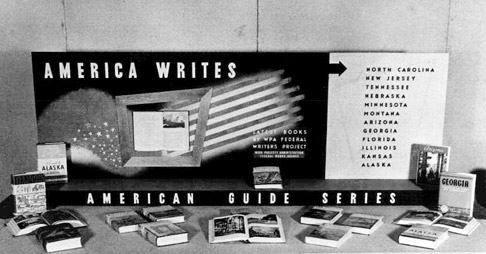
Republic of Detours peers into the production process of several state guides — and New York City, which was treated like its own state by the program.
The personalities involved were control freaks, wanderers and raging drunks. Some were affiliated with the Communist Party (when that was obviously a less radioactive association) or left-leaning journals that would easily call the entire project into question in today’s political environment.
The program was overseen by journalist Henry Alsberg, a penpal of Emma Goldman and a Greenwich Village theater producer who pulled together an extraordinary array of talent that collectively produced a poetic embodiment of the New Deal spirit. The rights of the common man, a chorus of American voices.
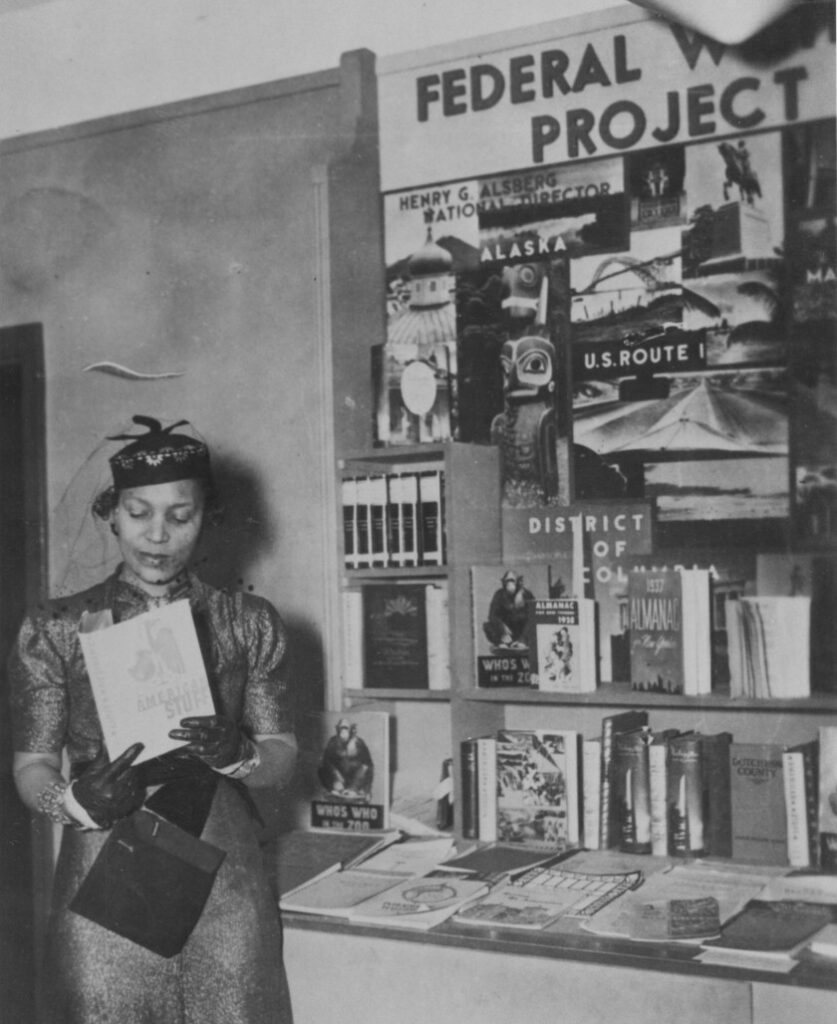
This meant employing women and Black writers like Zora Neale Hurston, the anthropologist who studied the folklore and music traditions of the Deep South — leading to the publication of her classic Their Eyes Were Watching God.
As Borchert writes,”If the New Deal rested on three visible pillars — immediate economic recovery, deeper social and economic reform, and a realignment of the political landscape — then collaboration with the racial structure of the South was a shadowy fourth pillar.”
This led to debates about depicting raw historical events — especially racial violence against Black communities in the South. Ultimately Hurston was wasted by the program; “[i]t kept her alive but squandered her talents and demeaned her with a low rank.”
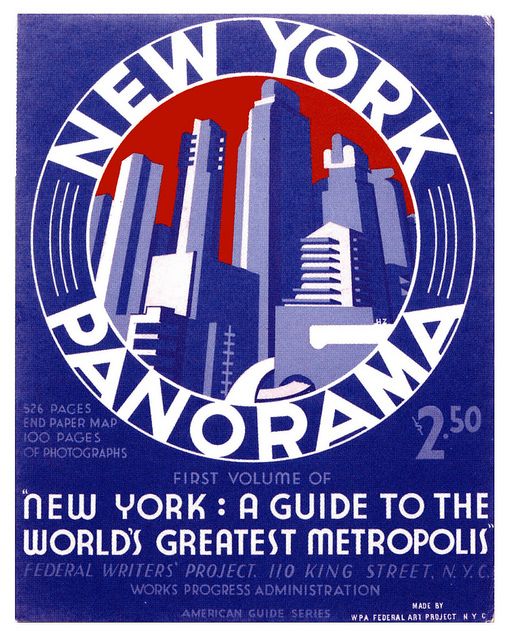
The New York City guide should have been the easiest to produce — with access to the best writers and the richest archives — yet Borchert presents an often chaotic process riddled with political disagreements.
It was into this literary melting pot that Richard Wright arrived from Chicago, a few years before the publication of Native Son, to produce a section on Harlem for a book of essays called New York Panorama. He would one of the great successes of the Federal Writers’ Project.
But Republic of Detours is filled with dozens of stories of lesser known writers, men and women you may never had heard of. Allow this book to inspire a few independent detours of your own into their lives.
